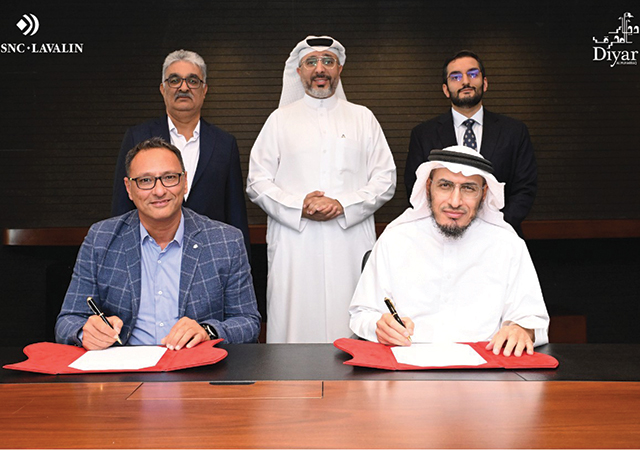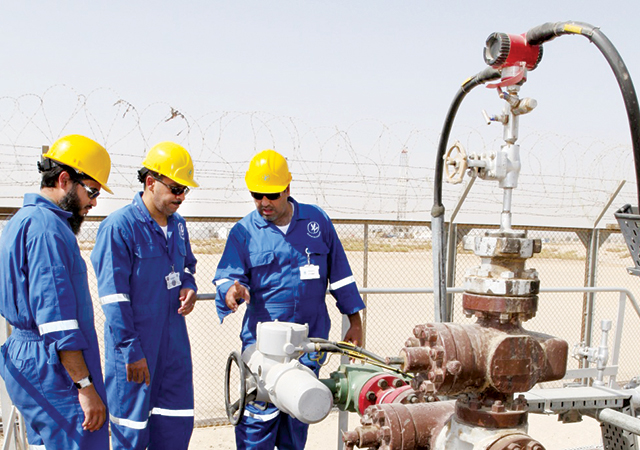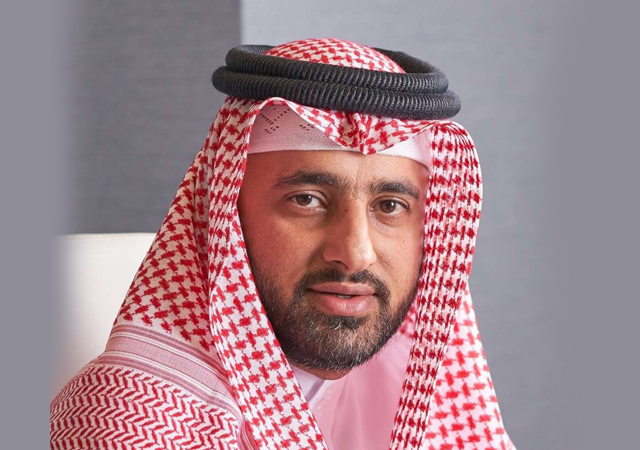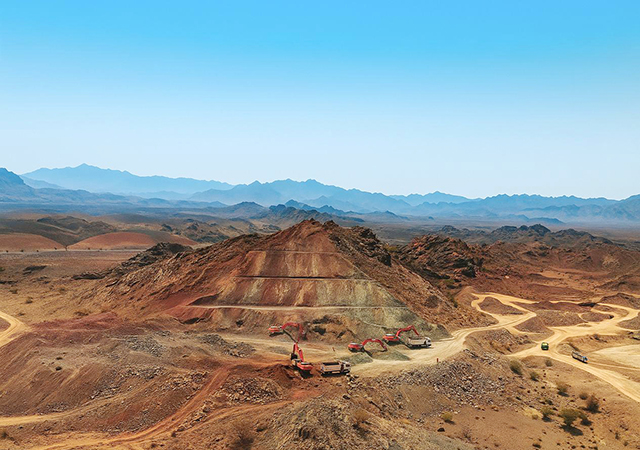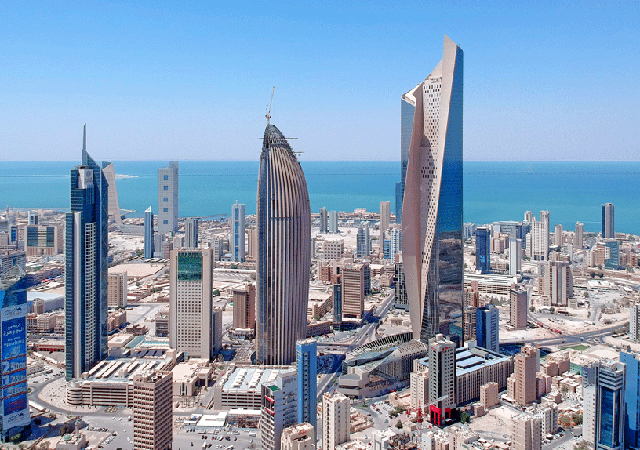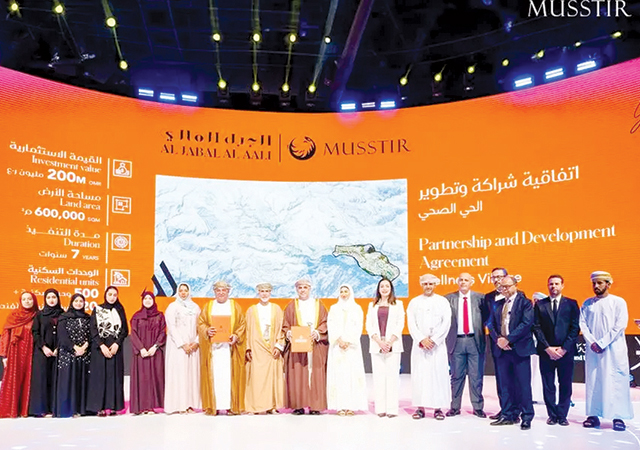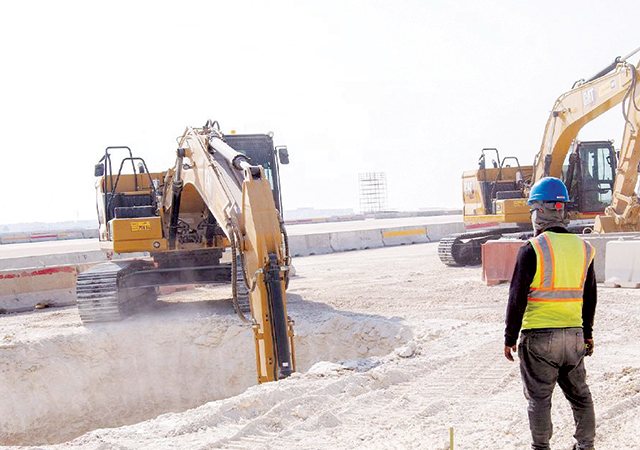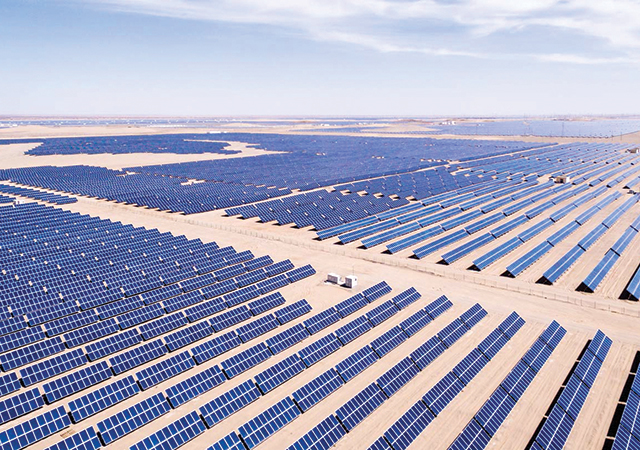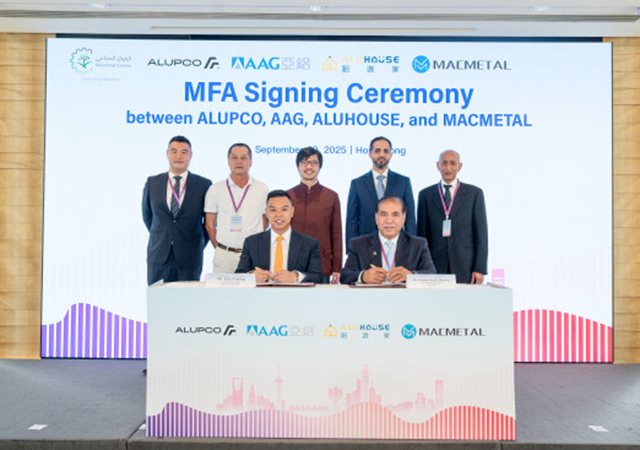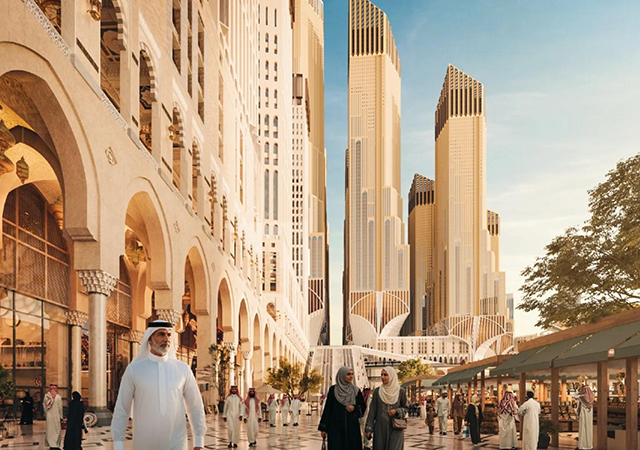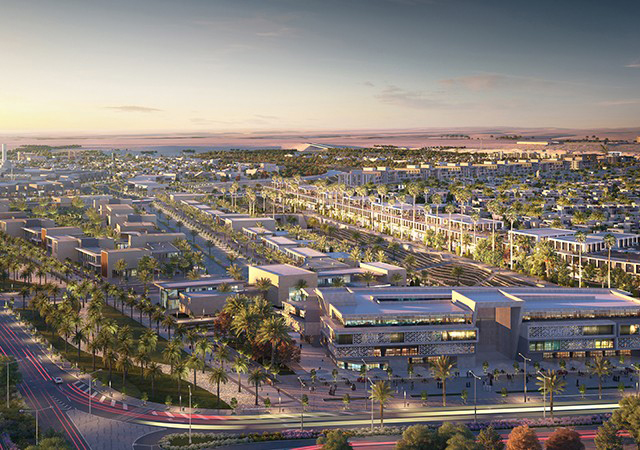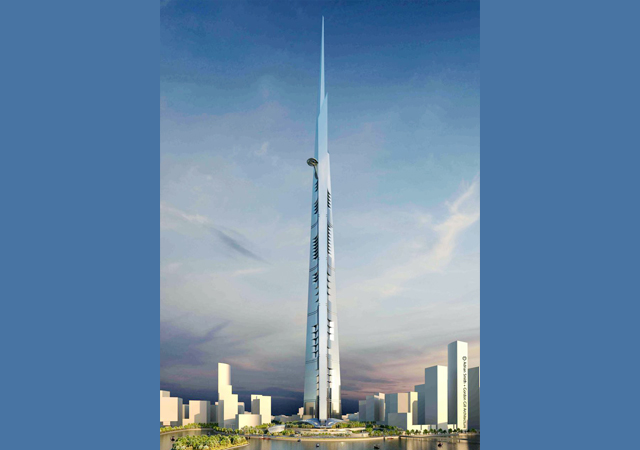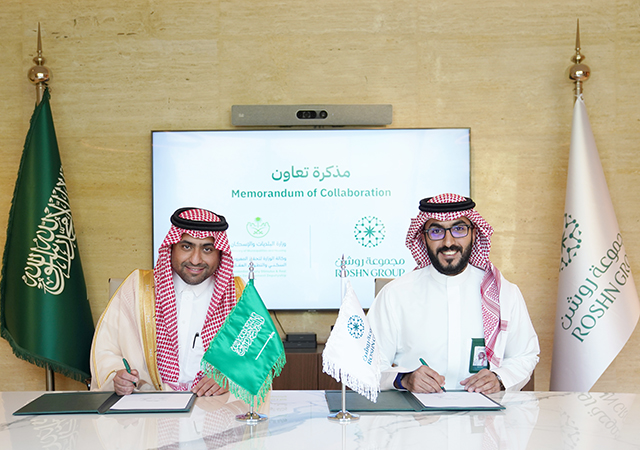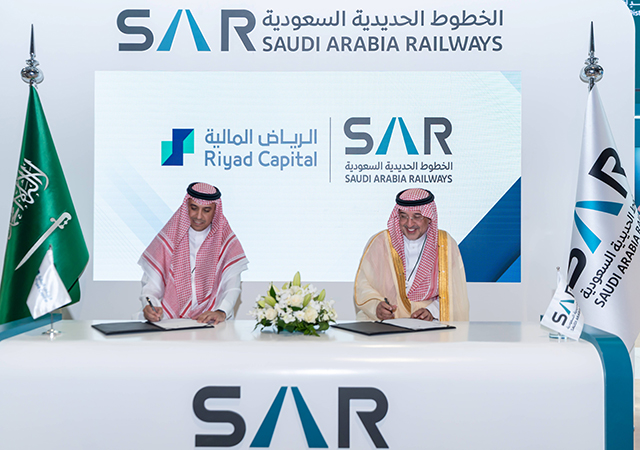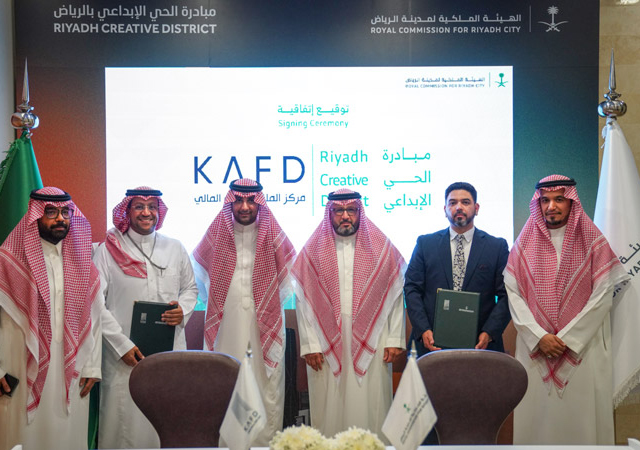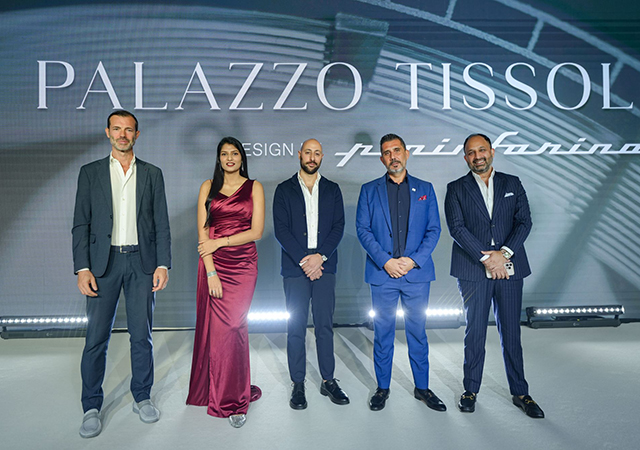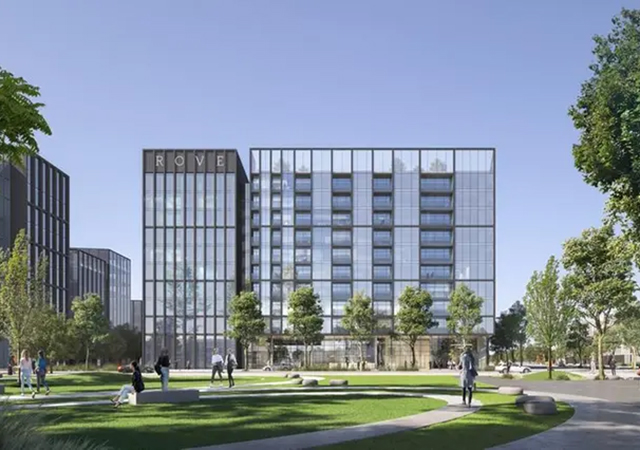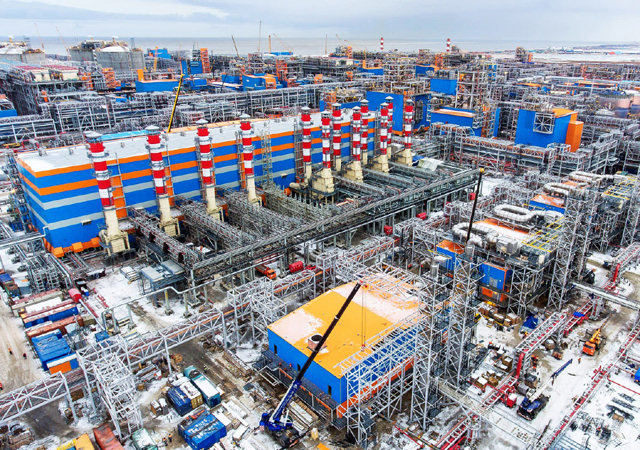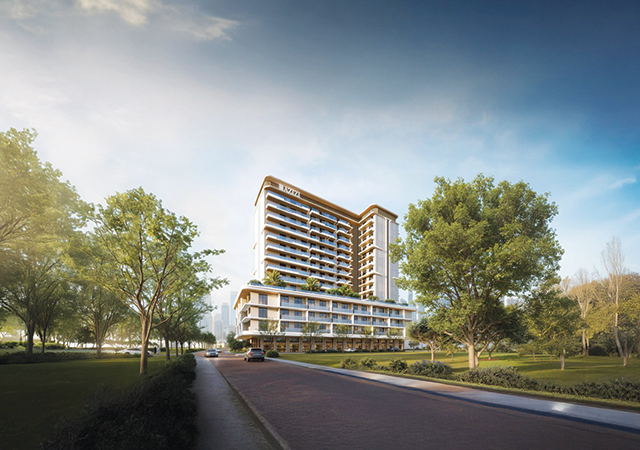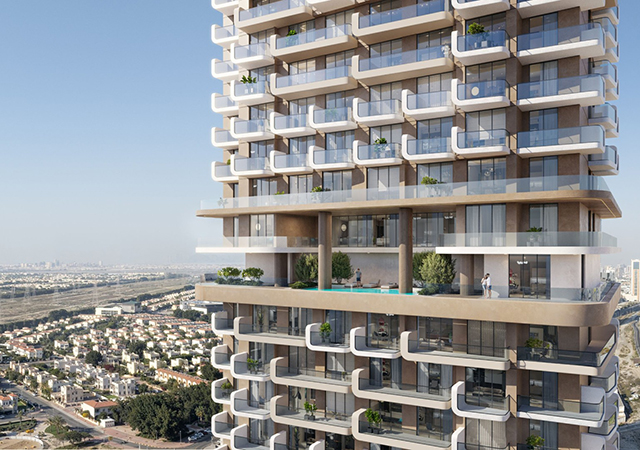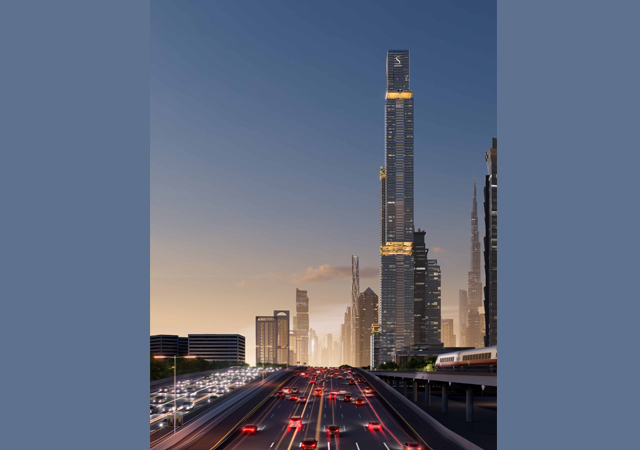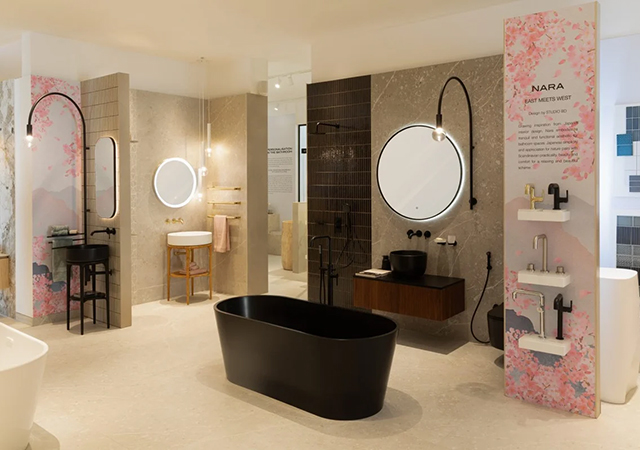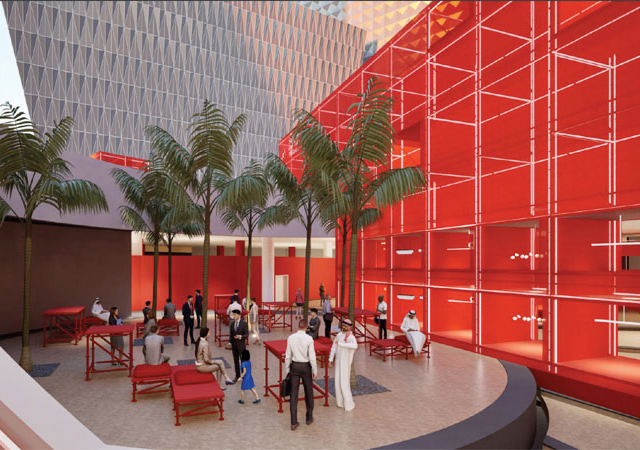
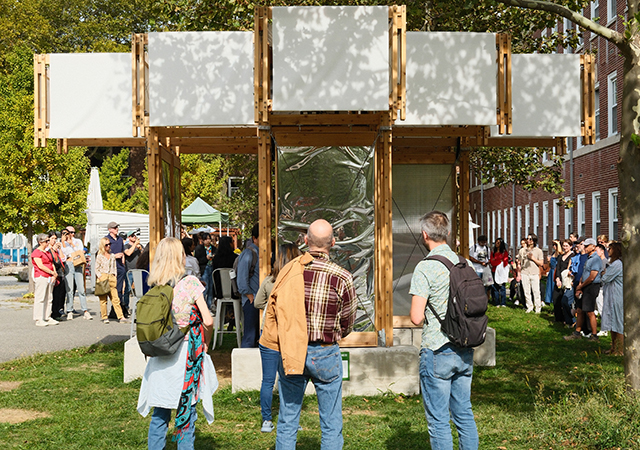 KlimaKover ... a scalable, sustainable solution for cooling public and workspaces.
KlimaKover ... a scalable, sustainable solution for cooling public and workspaces.
AS the Gulf region continues its rapid urban development, 2025 is setting the pace as one of the hottest years on record, escalating the threat of extreme heat to urban populations and to the construction workforce. Addressing this challenge head-on is KlimaKover, a new low-energy, modular cooling system developed by Danish architecture firm Henning Larsen in collaboration with the University of Pennsylvania and AIL Research.
KlimaKover offers a scalable, sustainable solution for cooling public and workspaces, using radiant cooling technology that is claimed to consume a remarkable 10 times less power than conventional air-conditioning.
MODULAR DESIGN
The system’s construction is built around modular 4’x4’ panels and delivers radiant cooling and heating without condensation, making it ideal for the flexible and fast-paced demands of construction sites and urban infrastructure. The panels can be mass-produced for approximately $75 per square foot, ensuring cost-effective scalability, according to Henning Larsen.
“We can imagine KlimaKover shading schoolyards, bus stops, street vendors, or construction sites, showing how low-energy cooling can scale across cities,” says Jakob Strømann-Andersen, Henning Larsen’s Director of Innovation and Sustainability.
The design allows for easy assembly and disassembly. The prototype was constructed using materials like Carbon Smart Wood, a silky cedar upcycled from waste streams, selected for its ease of disassembly and low-impact profile.
The first public prototype is currently operating in New York, demonstrating that the system can be scaled to suit a vast array of urban settings.
SUSTAINABLE OPERATION
The economic and human cost of urban heat is staggering. Traditional air-conditioning, while necessary, is an enormous energy drain, accounting globally for 10 per cent of total electricity use and emits approximately one billion tons of CO2 annually, says Henning Larsen. More critically for the Gulf, millions of workers worldwide, particularly in construction and agriculture, are exposed to dangerous heat stress, leading to health risks and productivity losses.
KlimaKover provides an elegant alternative: The core technology circulates chilled water through microtubes embedded in transparent radiant panels, which draws heat directly from the body. Fabric shading simultaneously reduces sun exposure. Crucially, the system operates in open-air conditions, using natural breezes to enhance the cooling effect.
The system is low impact and self-sufficient, requiring no additional energy infrastructure. It can operate entirely on solar power and requires no external water, making it a robust solution for remote sites or areas with limited utility access, it says.
“Research from our partners at the University of Pennsylvania shows that the panels start to cool your body within five to seven minutes, when the effect becomes apparent, and by 20 minutes the cooling sensation is pronounced,” notes Kritika Kharbanda, Head of Sustainability at Henning Larsen.
KlimaKover is led by Henning Larsen, responsible for design and project development, in collaboration with the University of Pennsylvania’s Thermal Architecture Lab (TAL). TAL provided research, design simulations and pilot evalution for the pavilion. The project is funded by Ramboll Foundation.





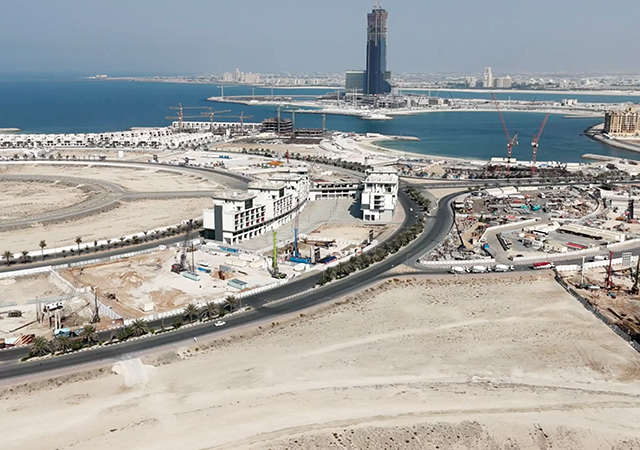
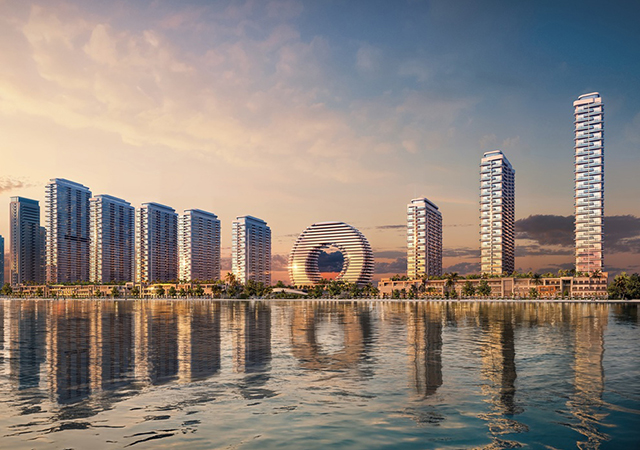



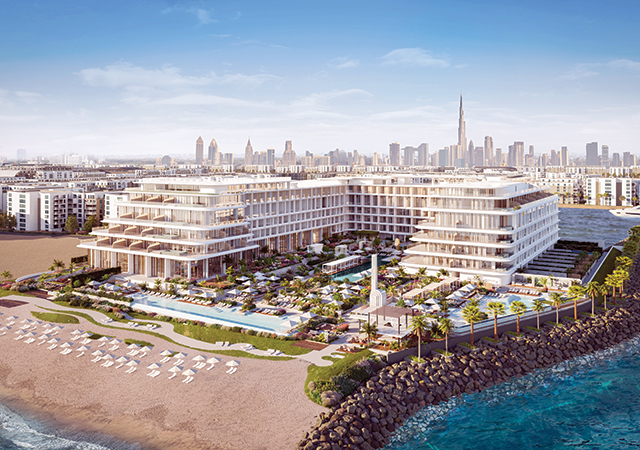


(5).jpg)
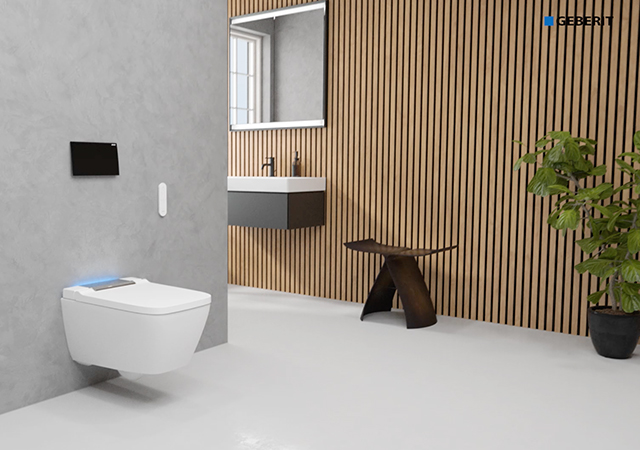

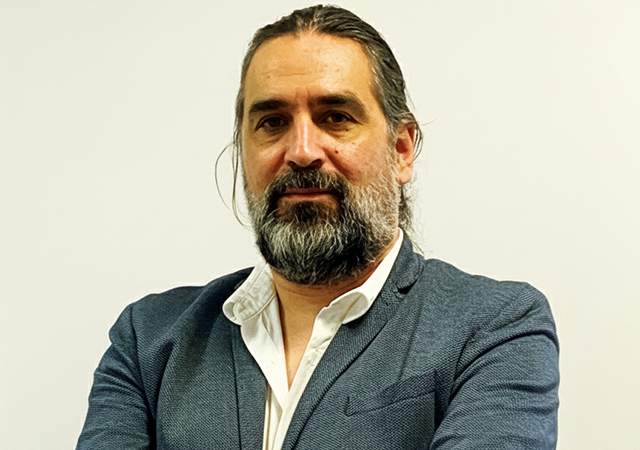
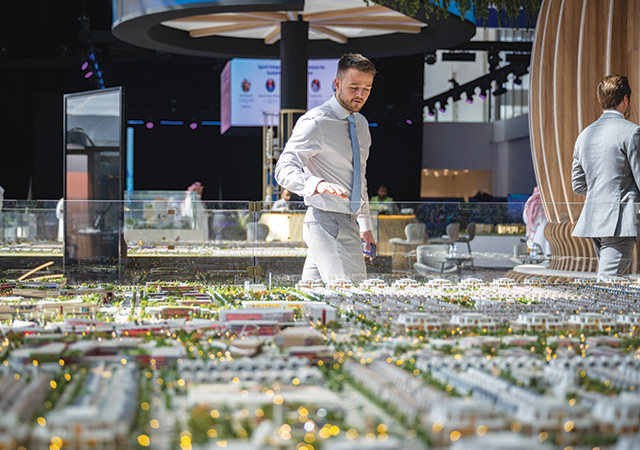
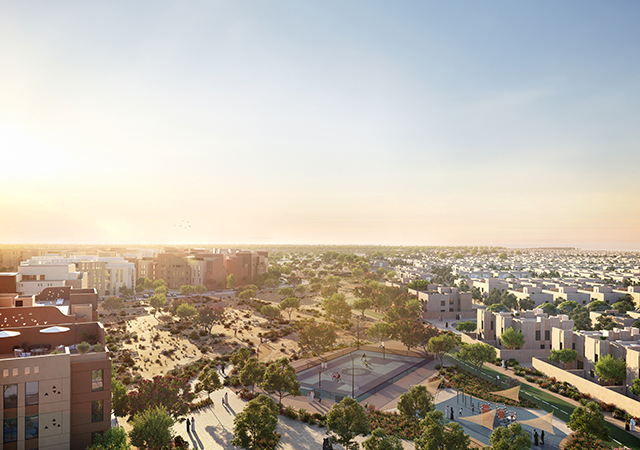
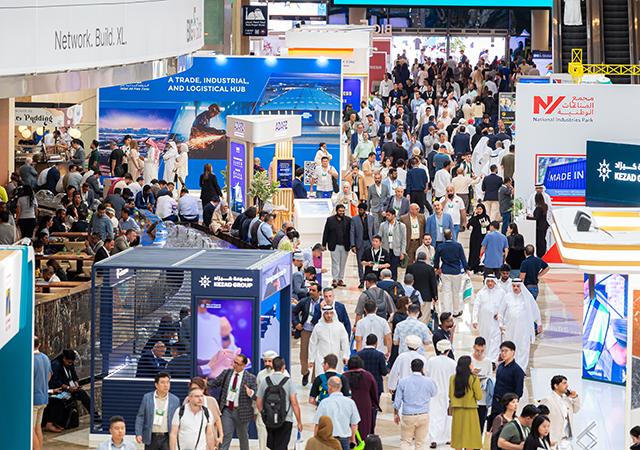
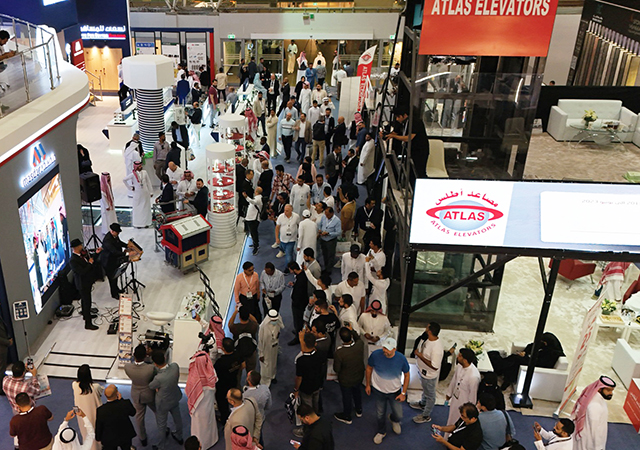
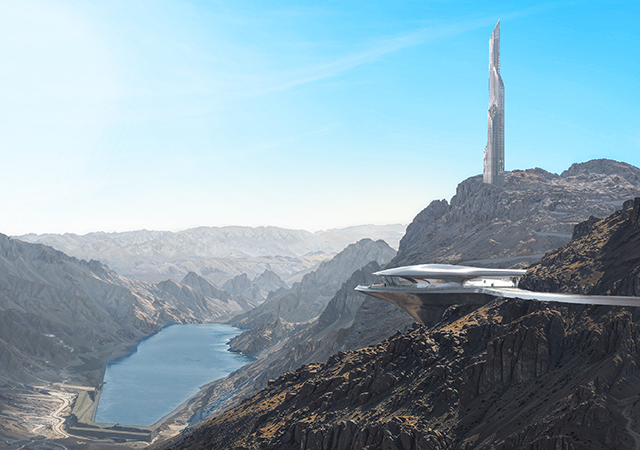
.jpg)










